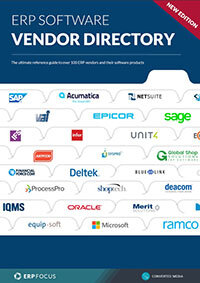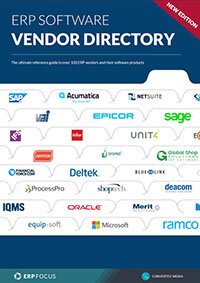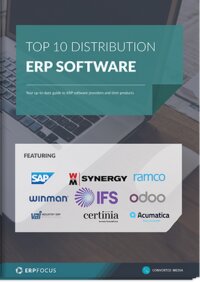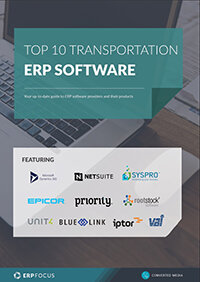ERP Automation for Distributors: Integration is Key
Automation for distributors is different than in any other industry. They have ERP systems, of course. They also will rely on their warehouse management software with the intensity a manufacturer might rely on their MRP system. Suddenly, ERP automation also becomes a question of integration.
Distributors will have many SKUs rapidly moving in and out of the business. Some of these are seasonal and won’t be seen for another year. Others are fashion-related and will never be seen again. Many distributors manage foods and other items with very short shelf life. Different SKUs have different handling requirements. Some are palletized and others handled in cases. Some require frozen storage and other items can be stored outside. Whatever the materials handled, it is always important to get it received just before required and get it back on its way to stores or directly to consumers within a short time span.
Integrate to Automate
Unloading can be automated using conveyor equipment. Receipt to stock is automatically managed using RF or capturing a bar code as the box slides along a track. While the box is still sliding, ERP automation processes are automatically calculating the optimal slot based on available locations closest to where it will ship from. If the outbound shipment is imminent, the direction will be cross dock directly to the outward-bound trailer and the SKU is never put away in a bin.
Transactions are made automatically in real time. A distributor might be shipping a particular SKU at the same time as a cycle count is ongoing and additional receipts are incoming.
Distributors have an interesting business where automation relies on integration of systems and processes.
Some distributors are so automated they use automatic guided vehicles for picking and put away. The AGV will move along its track, stopping at the required bin and selecting the exact quantity needed. Others that require hand picking will use pick to voice or pick to light to make the process as automatic and error-proof as it can be.
Distributors require a very tight integration of warehouse, procurement, receiving, service, inventory, pricing, CRM, shipping and receiving. They can ship a SKU directly from stock or perform fulfillment activities such as final packaging on other items. They might ship to a store or to a customer directly. They will also manage drop shipments that never hit the distribution center.
Distributors need to coordinate automatically with shippers. ERP automation can ensure the right size and type of trailer will be at the right shipping door at the right time. The loading sequence should be automatically figured in advance to match the required drop offs along the route while still keeping the weight loading of the trailer under control for safety.
Distributors have an interesting business where automation relies on integration of systems and processes.
Free white paper

ERP Software Vendor Directory
Put the most comprehensive ERP vendor directory on your desk today

Featured white papers
-

Top 10 Distribution Software Comparison
Compare the best distribution ERP systems available today
Download -

Top 10 Transportation ERP Software Comparison
Get your free comparison of the top 10 transportation ERPs
Download -

7 steps to selecting distribution ERP
Get expert advice on distribution ERP selection and requirements analysis
Download
Related articles
-

ERP for Food Distributors: Key Functionality
In a modern world where products are tailored to consumers, why should ERP for food distributors ...
-

Secret KPI: Why Your ERP Implementation Team Matters More Than Software
Learn how Godlan ensures successful ERP implementation for manufacturers with proven strategies &...
-

How to use ERP workflow to improve supply chain management
Learn how automated ERP workflows can improve order management, production scheduling and more su...

